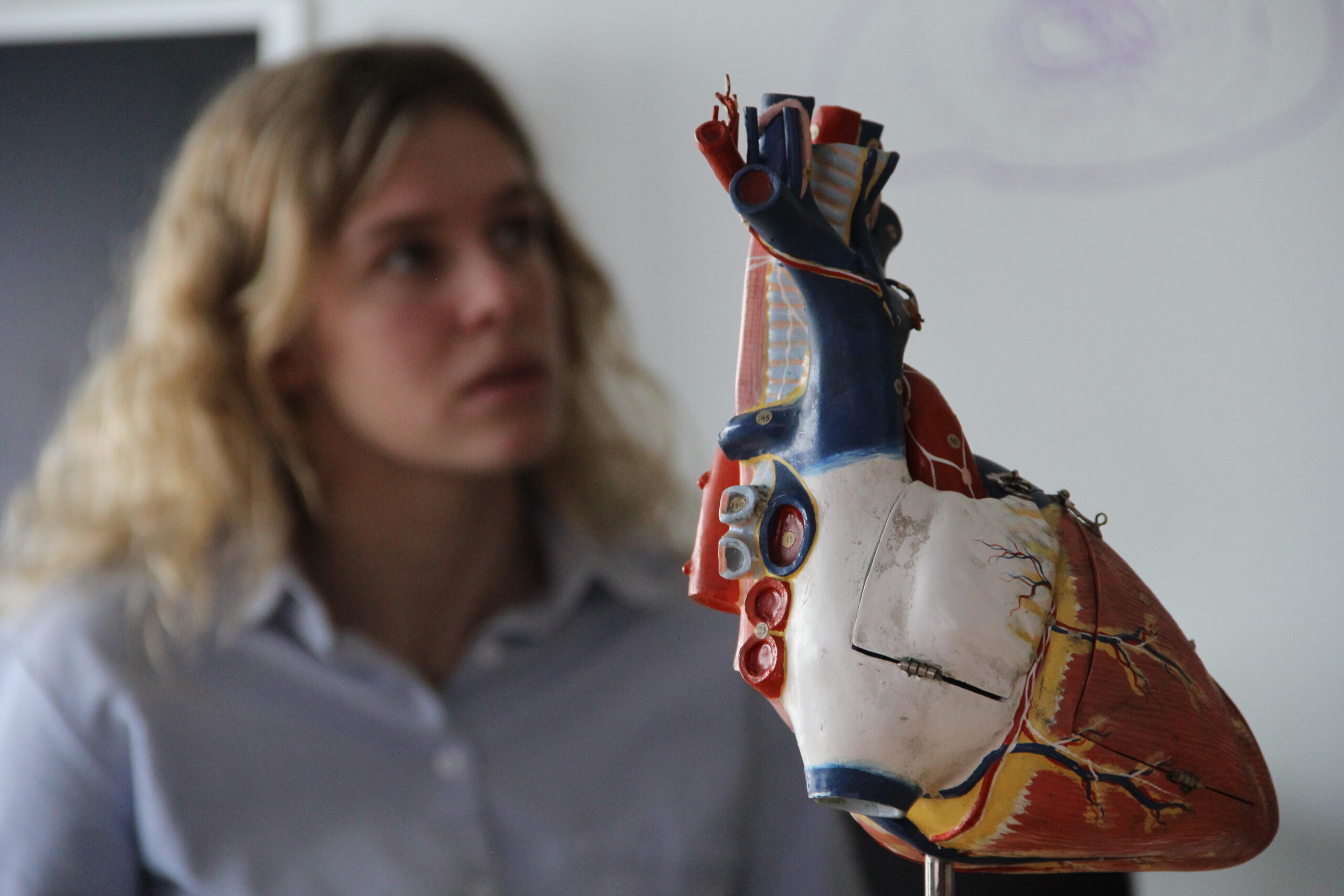Machine Learning
Background
The electrocardiogram (ECG) is one of the most common diagnostic tools for cardiovascular diseases, thanks to its inexpensive and noninvasive nature. As large datasets of detailed ECG recordings become available, machine learning (ML) tools can be utilized for ECG analysis and lead to advancements in diagnosis, even detecting diseases and patient characteristics that are not detectable in traditional ECG interpretation, such as low left ventricular ejection fraction (LVEF).

Generally, an ML architecture takes in a series of inputs (e.g., ECG recordings) and try to match them to targets (e.g., is low LVEF). The model can learn high-dimensional features from processing the input signals, and attempts to match observed patterns to labeled ground truth. Of course, an untrained ML model cannot predict the results accurately, where discrepancies arise between the ML output and the targets. But, the discrepancies can be computed and used to guide the ML model to update its own parameters, driving the predictions closer to the ground truth. After the ML model reaches a satisfactory performance, the generation or training phase is concluded. The algorithm is then tested for its accuracy in previously unseen datasets, where the generalization of the ML model is evaluated. If the ML model was trained properly, it should be able to reach reasonable accuracy predicting on new inputs it has never seen before.
Methods
One study our lab has completed was using ML technology to predict low LVEF, a clinical marker that is not available via traditional ECG analysis. Using a custom residual-based ML architecture, the ML model incorporates filters in both temporal and spatial dimensions, which is helpful to capture the detailed patterns in ECGs and achieve robust accuracy. The study also compared training using 12-lead ECGs and single-lead ECGs, where certain leads such as Lead I achieved comparable performance, indicating that ML technologies can be used even when resources are limited (e.g., wearable ECG recordings).

There could be many applications of ML in the field of cardiac electrophysiology. In addition to the signal analysis approach mentioned above, the technology can also be used for image analysis and patient-specific modeling. Using these principles, ML models can predict and classify many clinical markers of interest, including ones that are not easily achieved via human interpretation.

